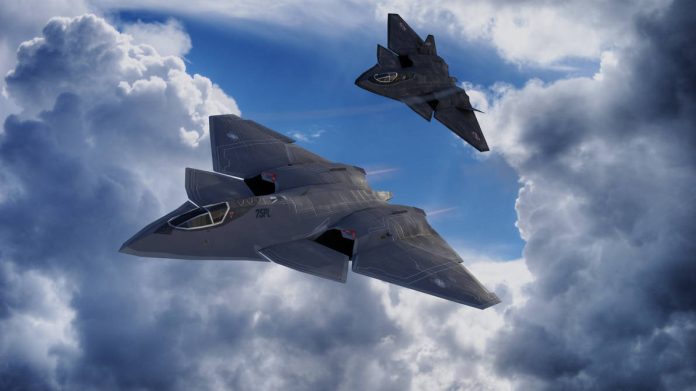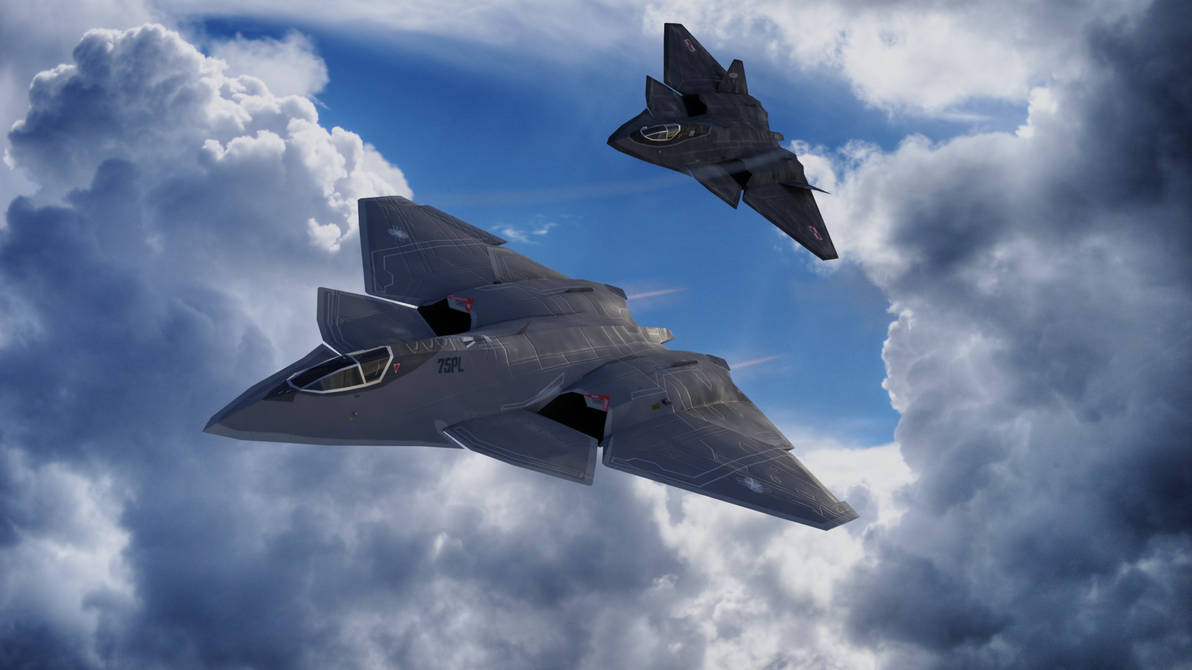
Lockheed Martin and Boeing are poised for a head-to-head competition as the service prepares to award the contract for the Next Generation Air Dominance (NGAD) platform.
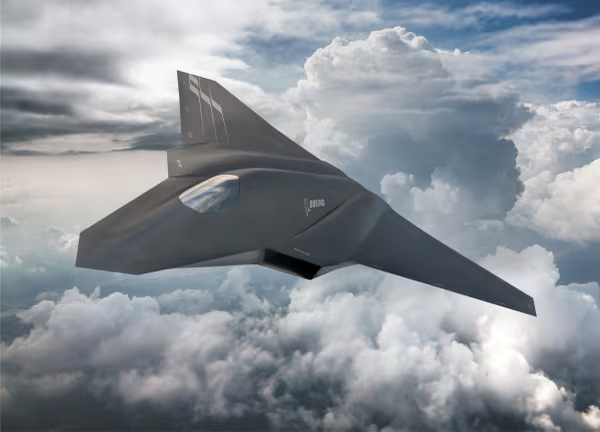
The NGAD is envisioned as a family of systems comprising a crewed sixth-generation fighter aircraft, drone wingmen also referred to as Collaborative Combat Aircraft (CCA), advanced sensor capabilities, and superior network connectivity to satellites and other assets.
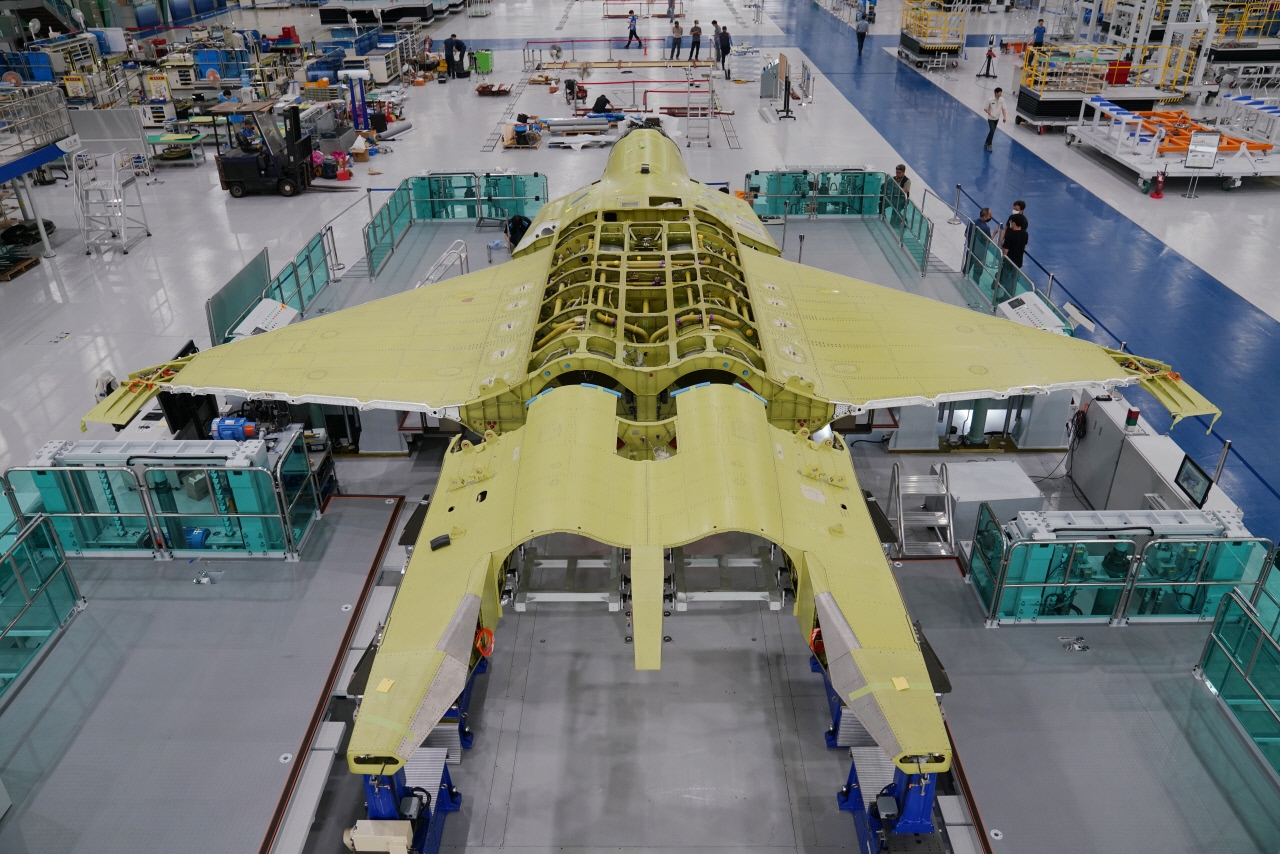
The classified solicitation for NGAD’s engineering and manufacturing development contract was initiated in May, signaling the formal commencement of the selection process.
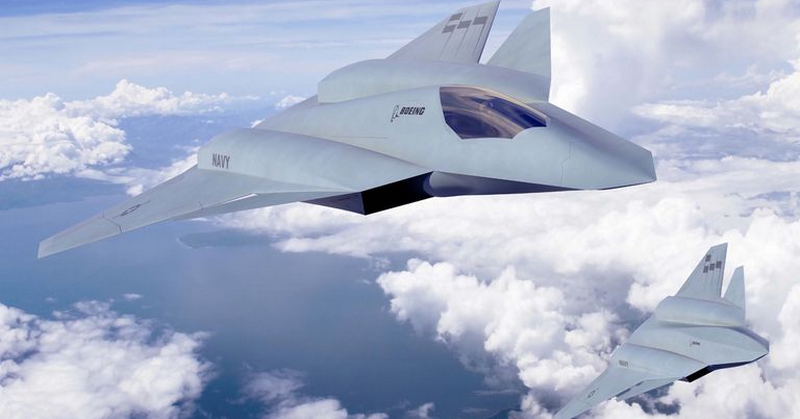
As a futuristic endeavor intended to replace the venerable F-22 Raptor, the Air Force aims for the NGAD to be operational by the decade’s end.
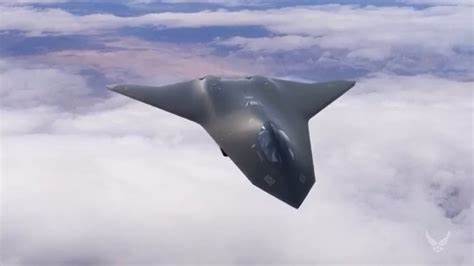
Emphasizing open-architecture standards, the NGAD is designed to exploit competitive dynamics over its life cycle and curtail maintenance and support expenditures.
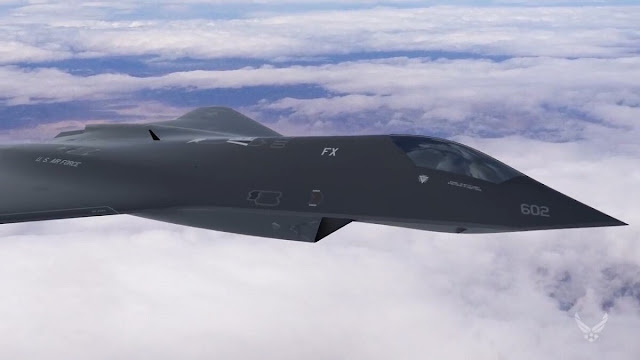
The NGAD program’s intricate details have been tightly guarded due to security concerns.
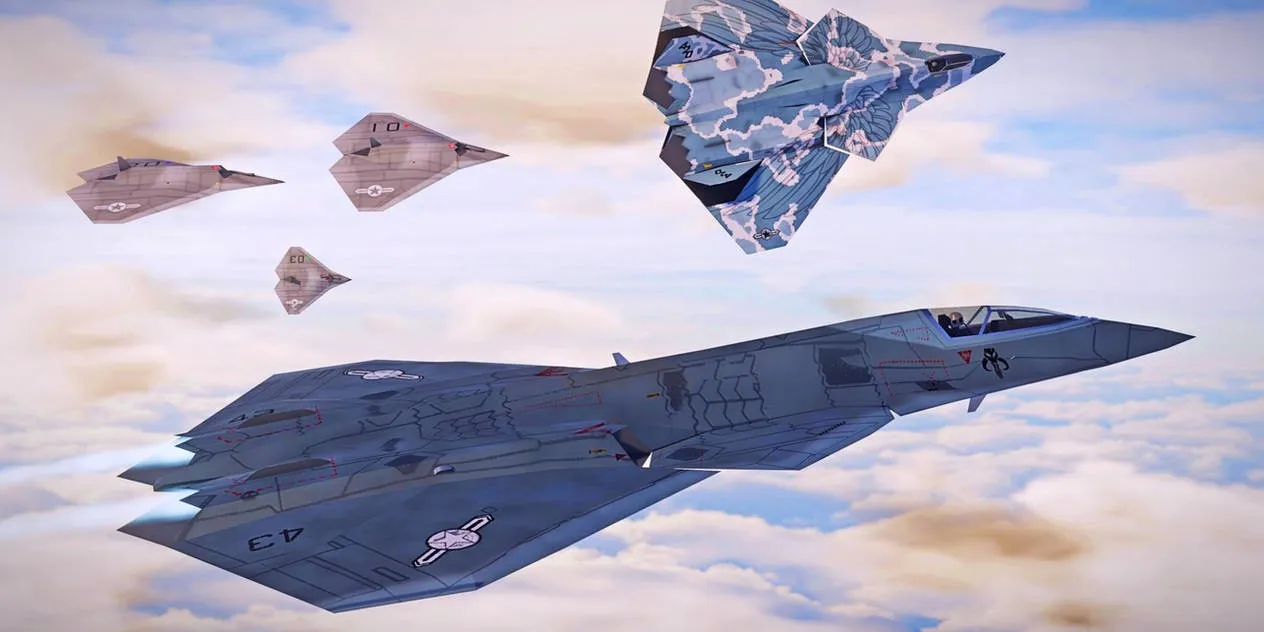
Notably, in a significant industry shift, Northrop Grumman withdrew from the NGAD competition in 2023, focusing instead on the Navy’s variant, dubbed the F/A-XX.
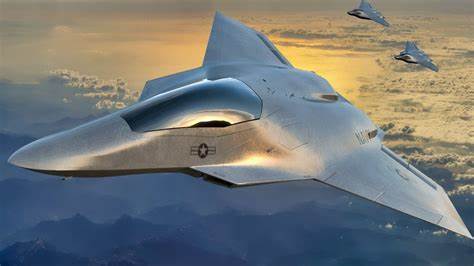
Northrop’s CEO, Kathy Warden, indicated the company’s strategy in a July earnings call.
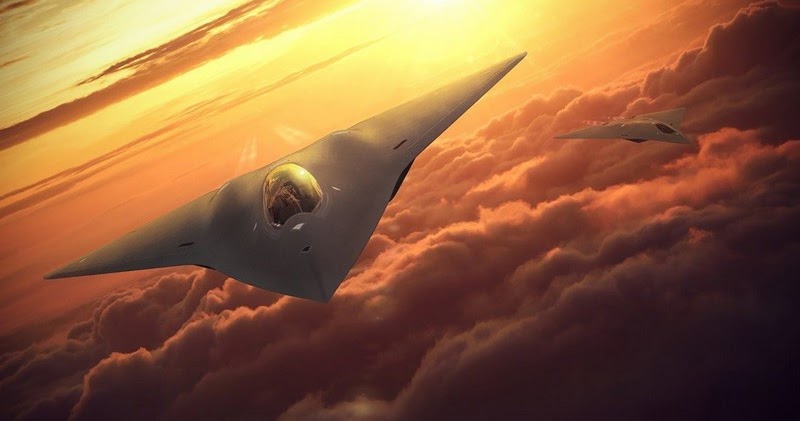
Consequently, the Air Force’s procurement path is projected to see Lockheed Martin and Boeing as the main contenders.
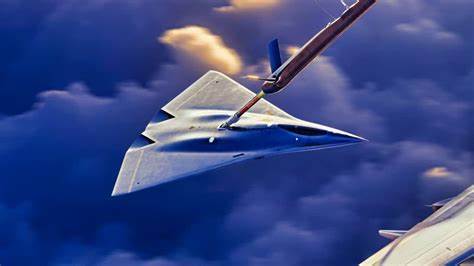
The NGAD’s propulsion technology, referred to as Next Generation Adaptive Propulsion (NGAP), is another focal area with the Air Force planning a substantial budgetary injection in 2024.
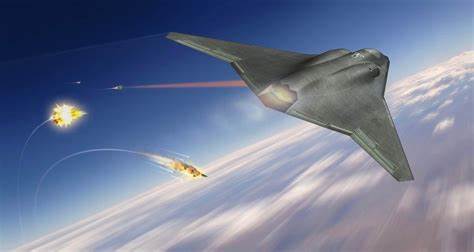
NGAP, with its adaptive capabilities, is positioned to transition rapidly to the optimal engine configuration for varied flight conditions.
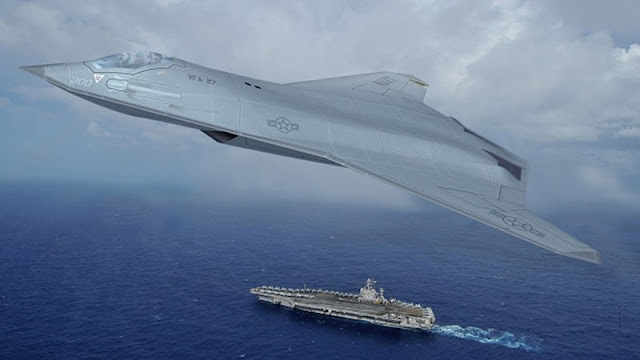
Featuring advanced composites capable of enduring high temperatures, NGAP draws on research initially considered for the F-35.
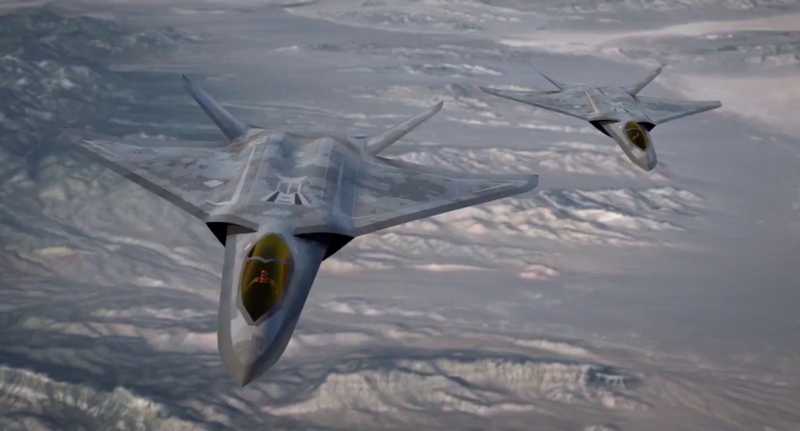
The substantial investment increase in NGAP, to the tune of $595 million requested for the fiscal year 2024, underscores its centrality to NGAD’s performance.
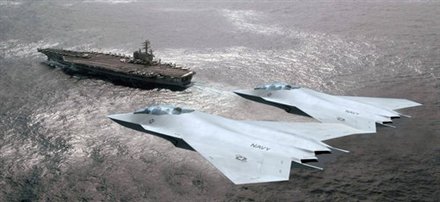
In parallel, Pratt & Whitney, an RTX subsidiary, has achieved a milestone with the Air Force’s critical design review for its NGAD engine.
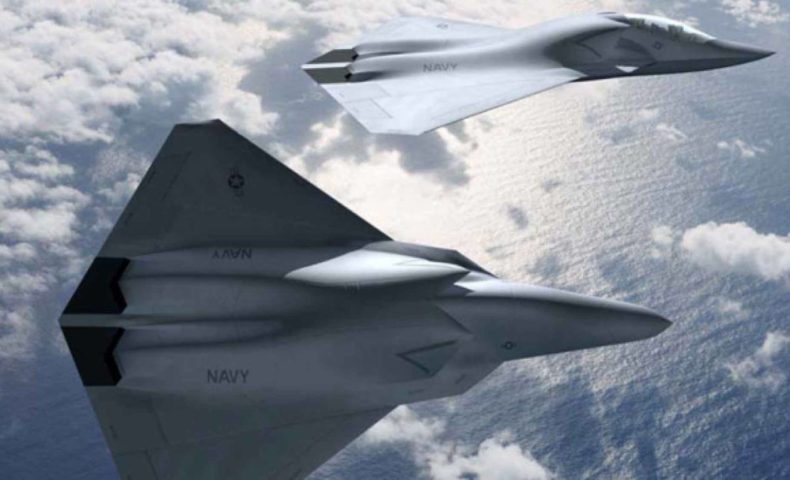
The prototypical XA103 engine is on track for ground testing in the late 2020s.
